On our website, and throughout the menswear sphere, the terms “fashion” and “style” are regularly employed. So, let’s discuss what these terms really mean. We’ll do this by crafting a definition for each.
- 1. Fashion is temporary, while style is (practically) timeless.
- 2. Fashion is impersonal, while style is personal.
- 3. Fashion is dated, while style is versatile.
- 4. Fashion is often outlandish, while style is usually subtle.
- 5. Fashion seeks convenience, while style seeks quality.
- 6. Fashion is fast, while style is learned.
- 7. Fashion is difficult to attain, while style is attainable.
- 8. Fashion is exclusionary, while style is inviting.
- Our Definition of Fashion and Style
- Outfit Rundown
Obviously, we’re approaching these topics from our position as a classic menswear community. But, this post is not about degrading or insulting fashion. Instead, we were only interested in actually figuring out what distinguishes the two. Accordingly, to keep the conversation going, we’ll have to rely on some generalizations on setting out our points.
Not all of our statements are intended to be absolutes, and ultimately, they are our informed opinions. Our hope is to lay out assessments that are fair to everyone and will simulate some great discussion.
1. Fashion is temporary, while style is (practically) timeless.
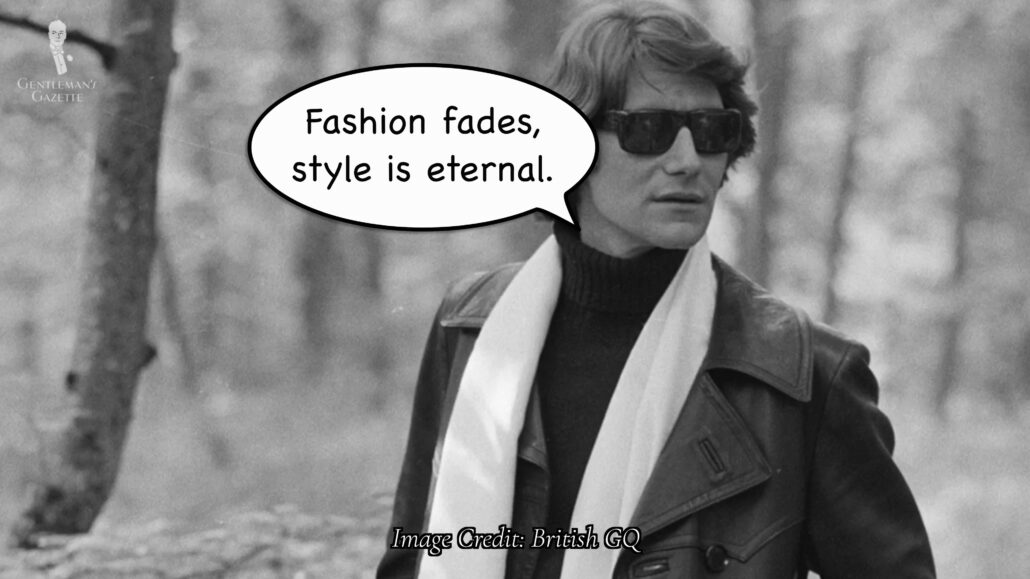
Any foray into this topic should probably start with Yves Saint Laurent’s famous quote: “Fashion fades, style is eternal.” By design, fashion changes constantly and usually arbitrarily because fashion is often valuable precisely because it is new and different.
While some fashions may have longer staying power than others. Eventually, any fashion that sticks around long enough will become old-fashioned and then, unfashionable.
On the other hand, style does not have a built-in expiration date, and aspects of style that are generally valuable and work well can be maintained, and even adopted by others. Classic style, for instance, is the sum total of knowledge accrued by generations of men of classic style.
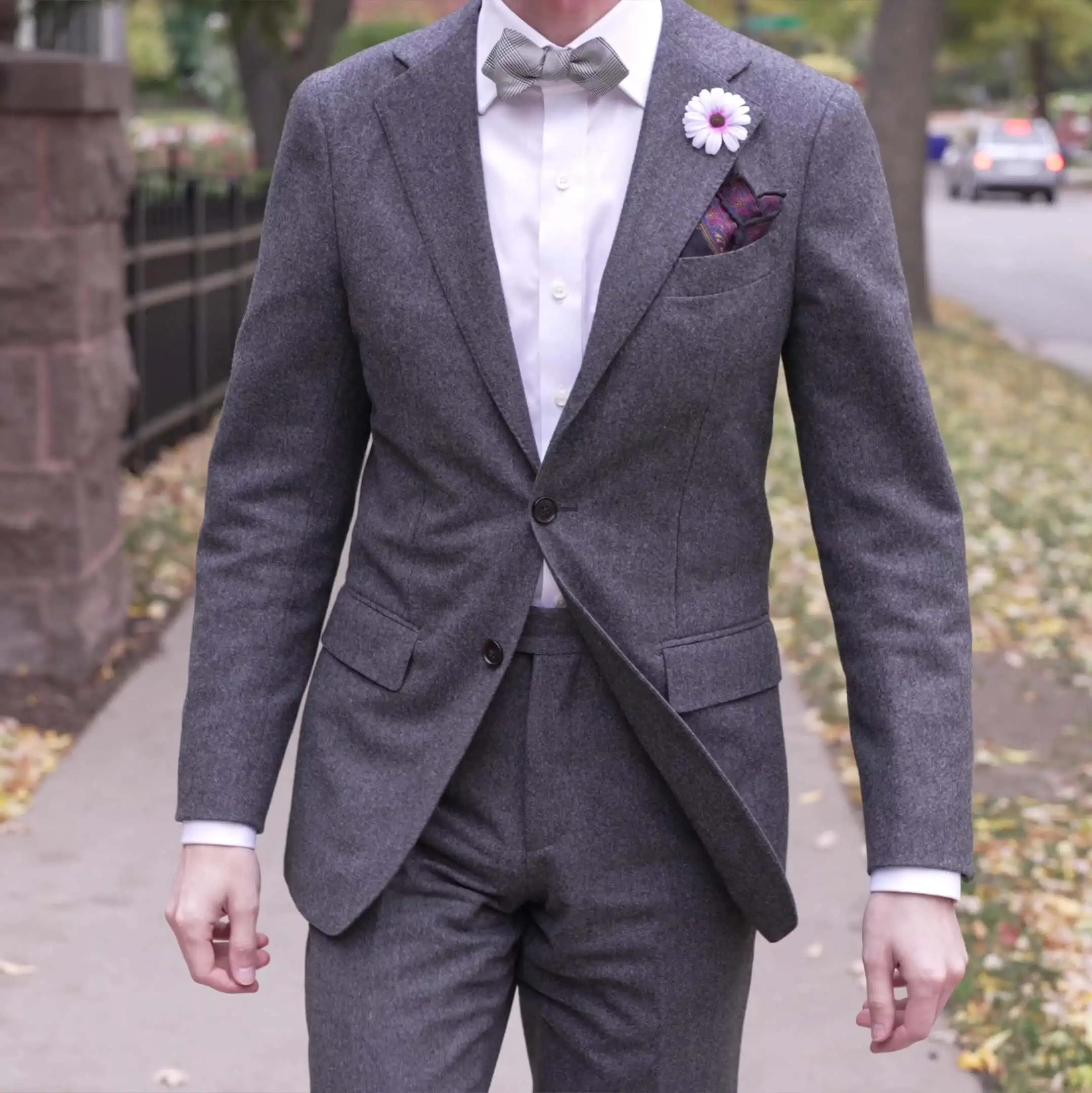
Fashion is less able to take advantage of this repository of experience because fashion is constantly seeking the new thing. Classic fashion would be something of an oxymoron. Obviously, style does evolve over time. What was stylish in 1220 isn’t necessarily stylish in 2020. But, the larger cultural precepts of what constitutes clothing, looks good, and is generally appealing, such as exceptional fit, harmonious colors, and quality materials – can have remarkable staying power.
After all, many of the style tips coined by proto-menswear-influence Beau Brummell in the early-19th century can still be applied today.
Beau Brummell: The First Menswear Influencer?
2. Fashion is impersonal, while style is personal.
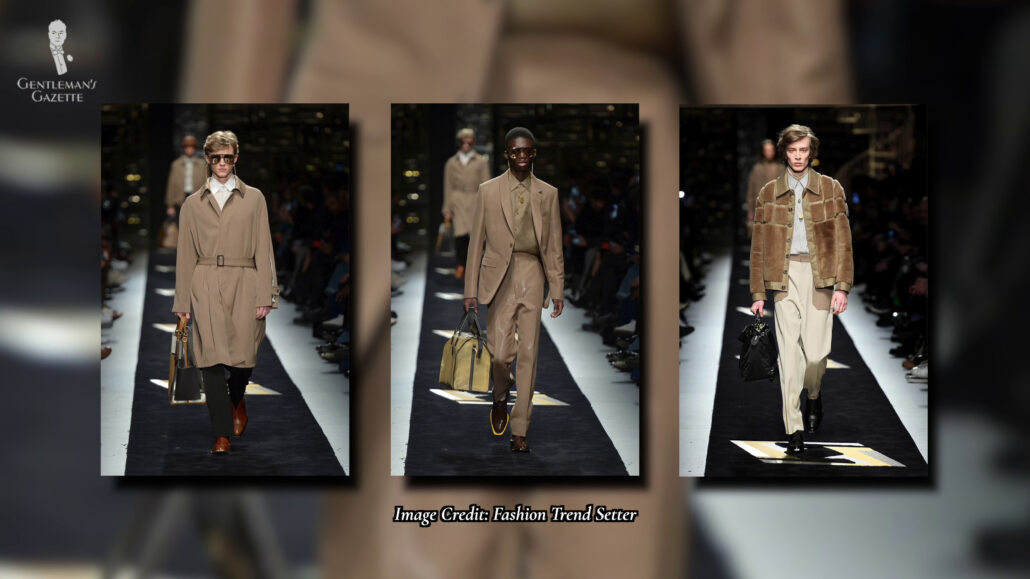
Unless you’re the trendsetter, adapting a particular fashion will usually require wearing clothing cuts, styles, or colors that may not necessarily flatter you personally. Fashionable clothing was originally designed and conceived for someone else.
Today, fashions are generally made with one body type in mind, as Preston discusses in our Modern Style guide, and then, those fashionable clothes end up being worn by lots of different people. This now makes everyone look the same.
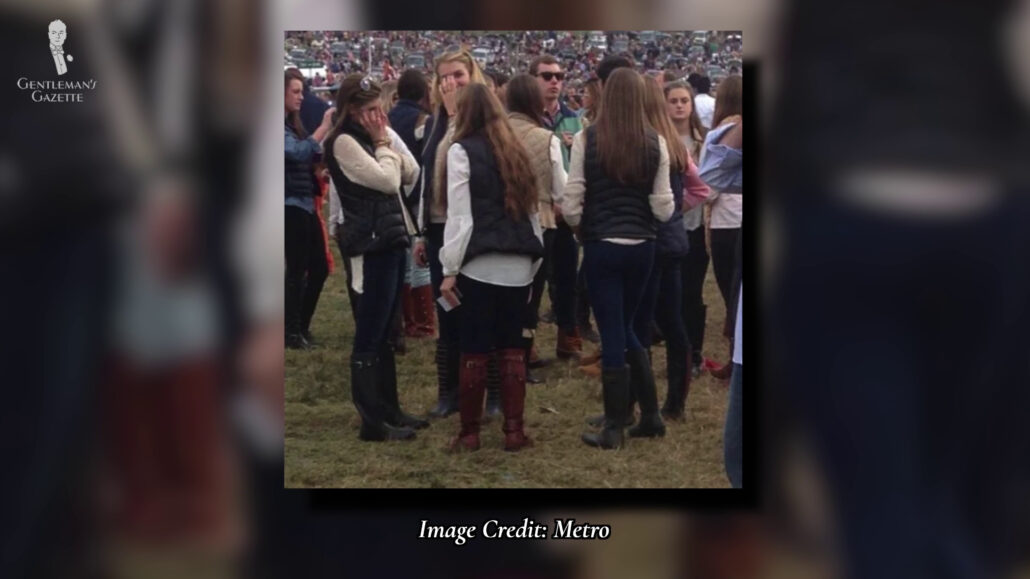
So, fashion encourages its wearers to wear clothes that are likely created for someone else in order to effectively look like everyone else. But, with style the emphasis is on synthesizing something that looks good on you, while still being attractive to others. Style builds upon certain precepts of general aesthetics and attaches them to your body and personality.
While the foundations may be external, the unique components come from you, like textures, colors, and patterns you favor. I, for instance, favor classic style, but can make my personal style my own, so that I don’t look like a carbon copy of other style adherents.
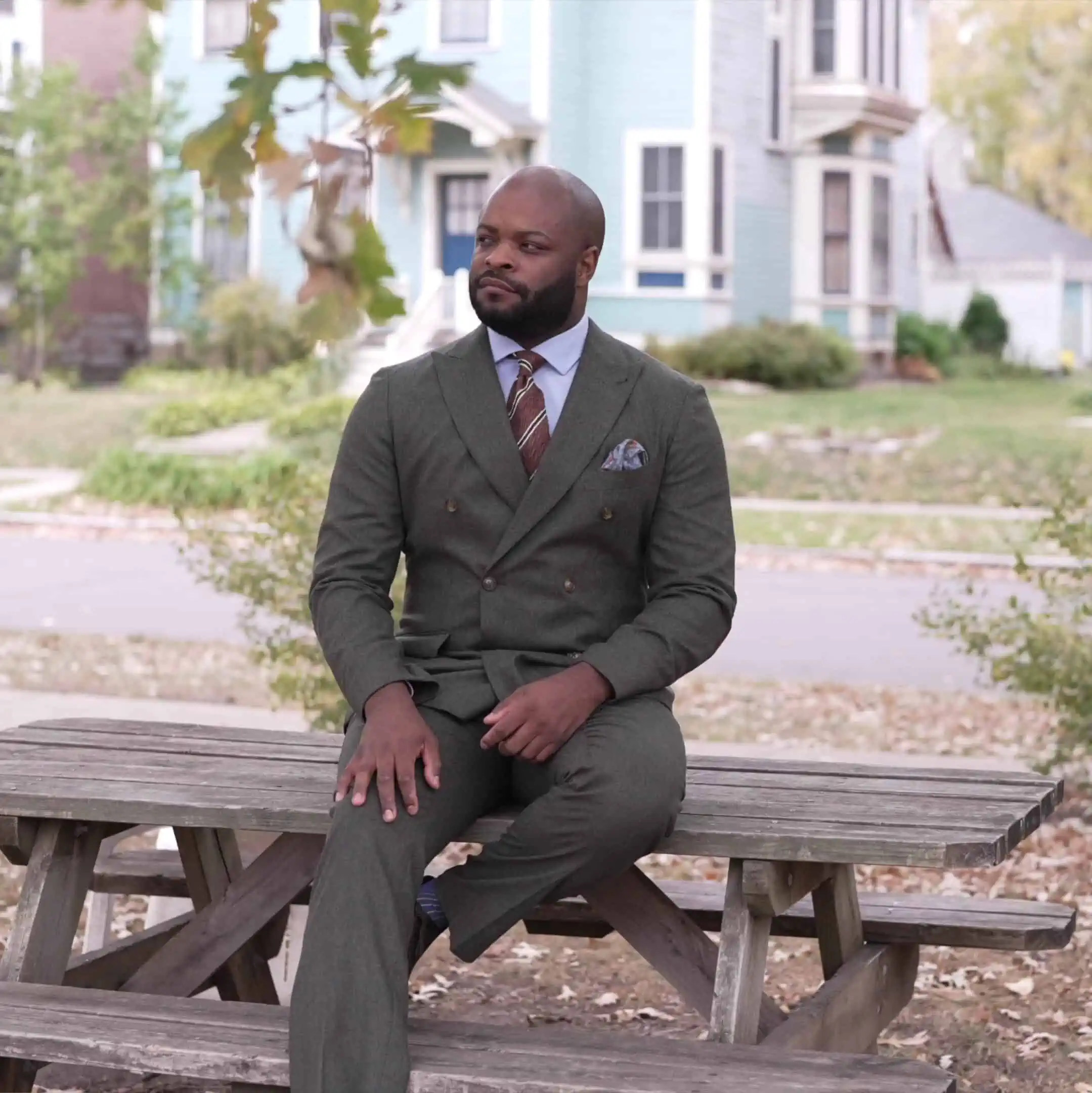
Style essentially provides guidelines that help you develop your personal style. The result is clothing that actually suits you and flatters your figure, but is still appealing to others.
3. Fashion is dated, while style is versatile.
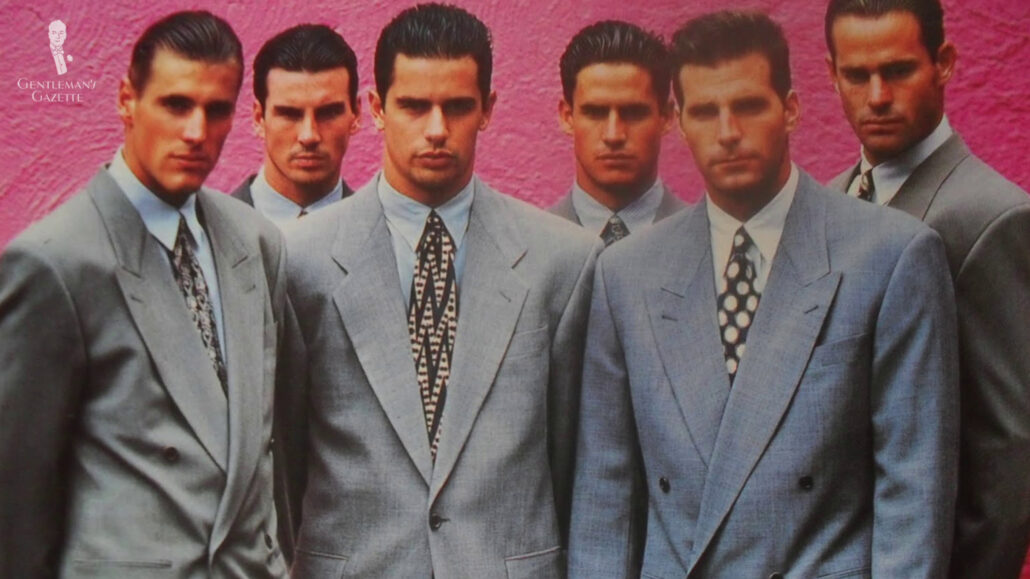
Because it is usually so rooted in and associated with a particular time, clothes that were once extremely fashionable often end up being extremely outdated. Oversized power suits were so ubiquitous during the 1980s, and wearing one today will invariably get you asked if you’re cosplaying as Gordon Gekko. And can any of us look at billow-leg jeans and not be transported back to the 1990s and early 2000s?
Fashions can therefore be a victim of their own success; becoming so popular during one era, they become effectively impossible to wear in any other era without looking dated or even a little costumey.
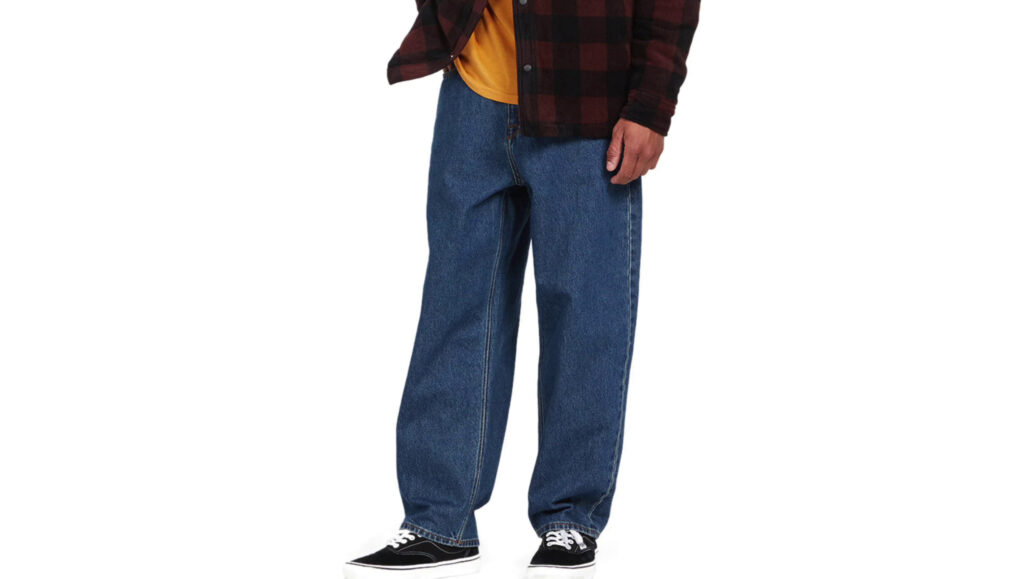
Style, on the other hand, enjoys greater longevity because it is rooted in more universal conceptions of what is attractive. They are less likely to catch on like wildfire and then fizzle into ashes.
Raphael, for instance, favors a plush, voluminous style that would have been right at home in the 1940s, and many of the looks popular in that decade still work today, while I favor a sleek, cleaner look that is very reminiscent of the 1960s. And if you strip away the fashion fads of that era – like Peacock Revolution tailoring – many styles of the 1960s look like what I and many other men are happy to wear today.
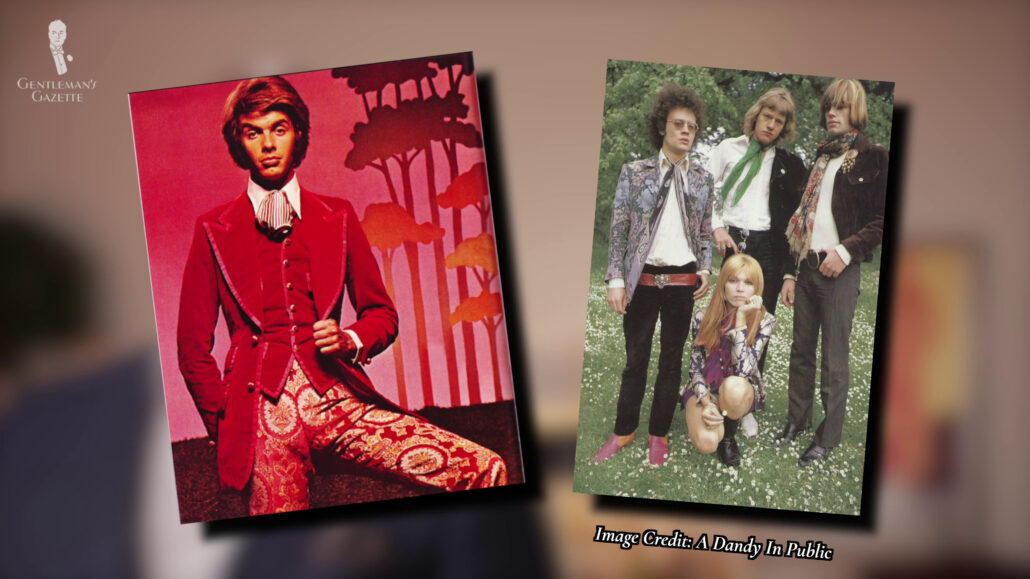
Raphael and I both dress to the conventions of classic style, but our personal styles are versatile enough to ensure that we don’t look dated or out of place, even though they are inspired by looks popularized decades ago.
4. Fashion is often outlandish, while style is usually subtle.
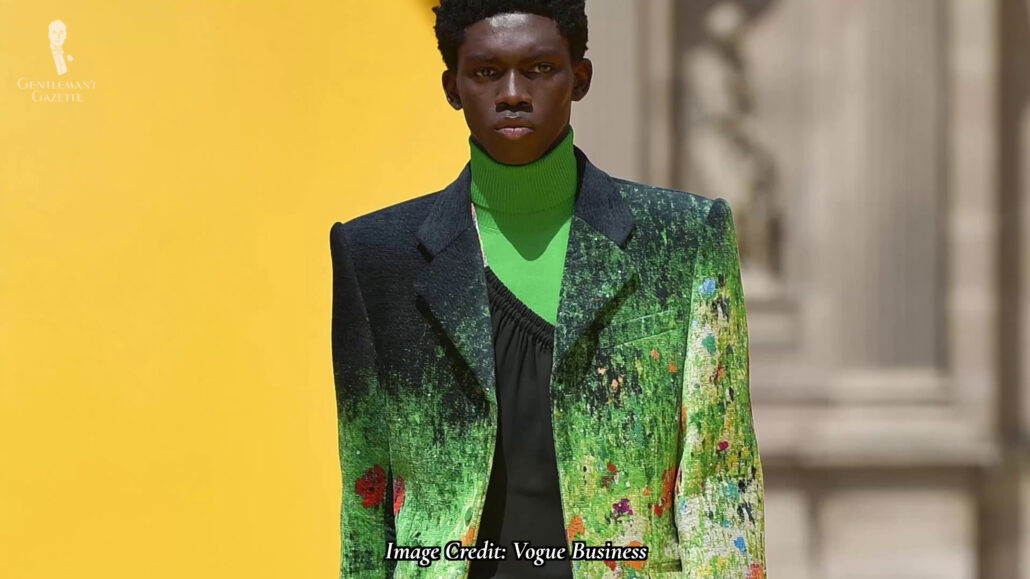
Because of the constant need to change and differentiate itself, fashion often embraces new and unexpected modes of dress. They get progressively more unusual as time goes on. Just compare the catwalk of the 1950s to today. After all, once all the basic fashions have been covered, the pursuit of the new can lead you into some pretty strange places.
Essentially, new trends aren’t adopted because they’re flattering or pleasing, but sometimes, just because they’ve never been tried before; like when the world of high fashion crashed into the world of gaming, with a collaboration between Burberry and Minecraft. Over $500 for a T-shirt? I’ll be mining for hours to find that many diamonds. Preston will introduce you to more of these trends in our breakdown of the Worst 20th Century Men’s Fashion Fails.
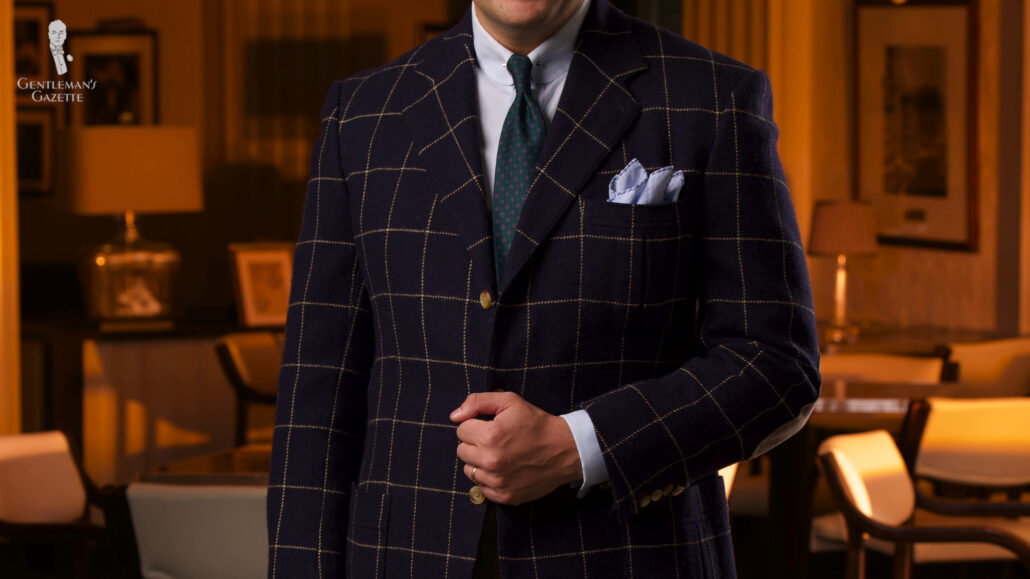
Style, on the other hand, does not need to constantly reinvent itself, so it usually offers more nuanced and sedate looks that emphasize the individual wearer and not the over-the-top nature of the clothes themselves. Granted, some styles are more flamboyant or flashy than others, but they need styles to be adaptable and have a general appeal. Often, moderate styles away from the extremes of typical fashion.
As Cary Grant said, “I purchased dozens of suits over the years, and they all have one attribute in common: they are in the middle of fashion. By that, I mean they’re not self-consciously fashionable or far out, nor are they overly conservative or dated.” And I couldn’t have said it better myself.
5. Fashion seeks convenience, while style seeks quality.
From a purely practical perspective, the time constraints inherent to fashion are not conducive to high-quality materials. When fashionable items can fall in and out of favor within a blink of an eye, it helps to have access to cheap, convenient, and accessible raw materials that are conducive to a fast turnaround; otherwise, the fad would fizzle out and all before you had time to make your sales.
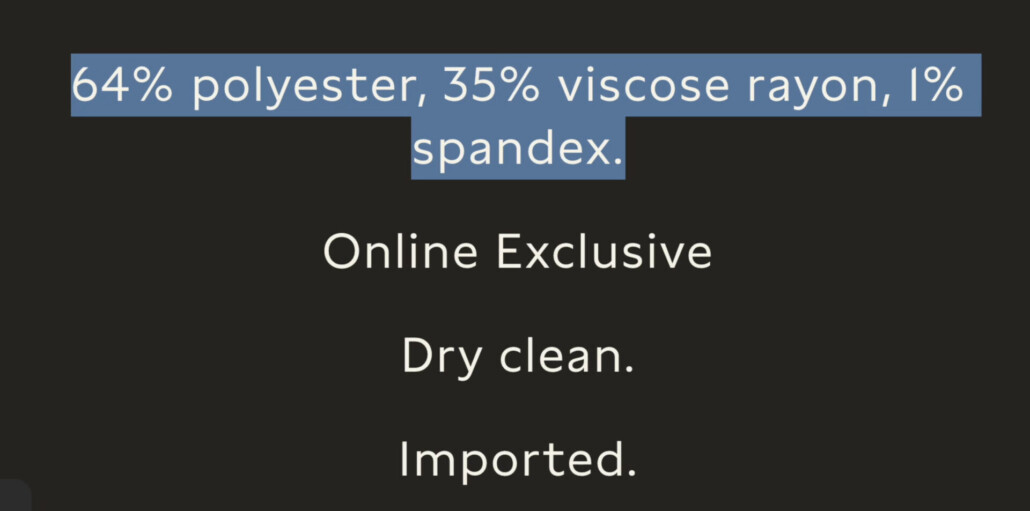
Perhaps, that’s why the fashion world – especially the fast fashion world – has been so quick to embrace synthetics. After all, what’s easier to mold to fit the latest fashions than plastic? Maybe that’s why Louis Vuitton coded the unknown fabric of one of their bags in PVC. Raphael tries to examine this mystery in our examination of whether or not the Louis Vuitton duffel bag is worth it.
So, while fashion garments do not necessarily need to rely on cheaper or more convenient materials, you can certainly see how they benefit from doing so, and how the rapid-changing trends of fashion can contribute to throwaway culture.
Conversely, because style has less of a temporal component, it embraces durable long-lasting garments that do what they do best and don’t need to be constantly replaced because items aren’t constantly being cycled out. It is much easier to build a high-quality, versatile wardrobe that is focused on style, and filled with items with great cost-per-wear.
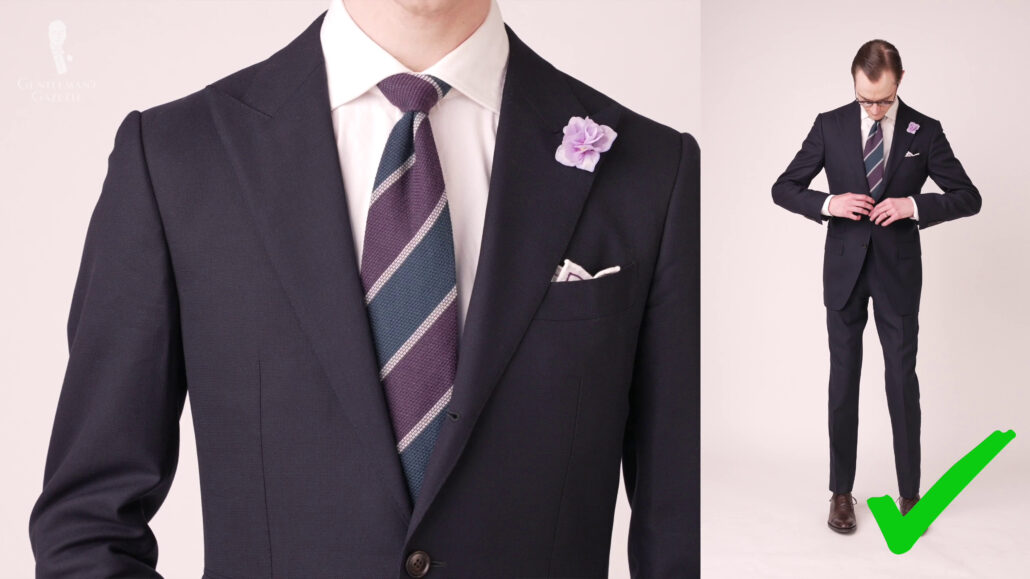
Rather than buying a cheap, trendy suit every few years, you buy a well-made, versatile suit that will last you a decade or more.
6. Fashion is fast, while style is learned.
Speaking of fast fashion, at the end of the day, superficial fashion requires little more than adopting a trend. If all it takes to be fashionable is to put on a colorful windbreaker or leave nothing to the imagination in a body suit, basically, anyone can do it so long as they’re willing to conform and copy what works best for others.
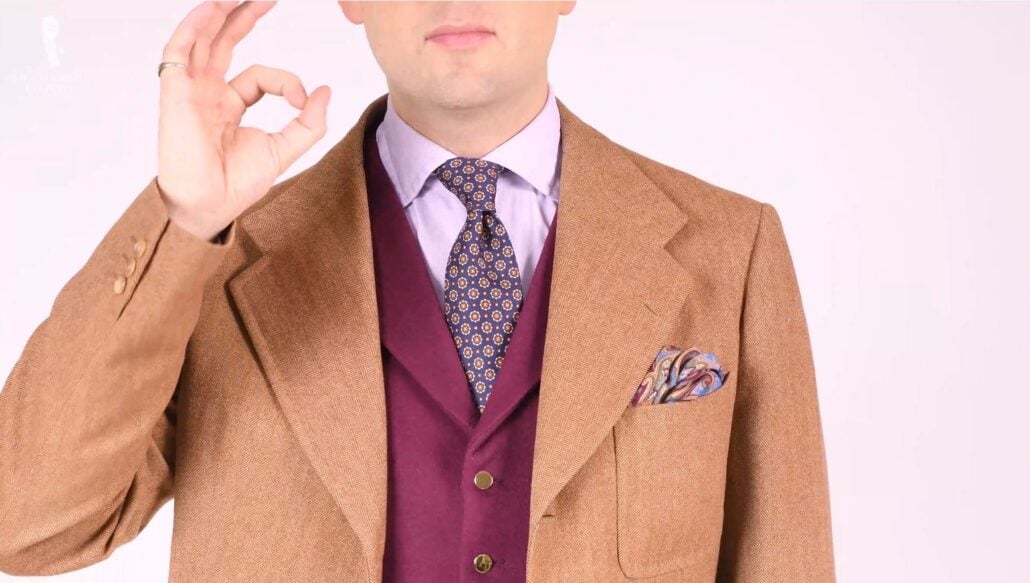
The process of learning and developing your own style is a long one that may never have a definitive end. But, style encourages you to learn from and adapt these sartorial conventions of other well-dressed men, while experimenting yourself.
Style is more than just putting on a shirt of a particular color or with a particular logo, but encouraging your sense of personal style will lead to fantastic, unique outfits that are far more fabulous than any fad. And if you’re interested in classic style, the resources here at the Gentleman’s Gazette are at your disposal every step of the way.
7. Fashion is difficult to attain, while style is attainable.
It may seem counter to our previous point, but while fashion can be technically easy to adopt, it can be fairly difficult to attain. Due to its constantly changing parameters, a fashion-oriented wardrobe would need to be regularly updated, necessitating the buying and storing of an ever-changing array of clothes.
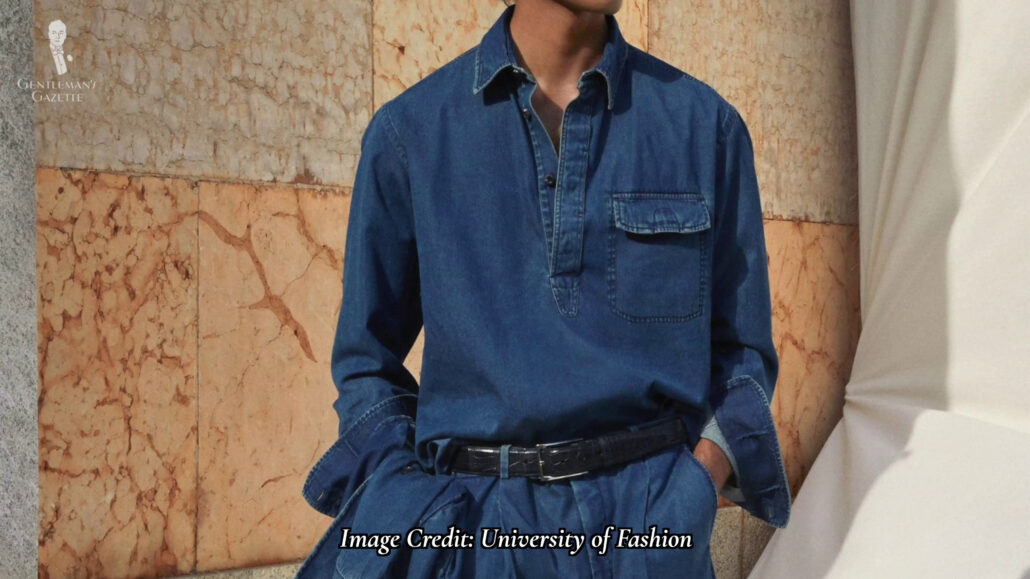
In the steady accumulation of old-fashioned, dated articles that can’t be worn, these old items could always be sold, but the temporary nature of fashion often drives up the prices, like when Crocs that retail for $85 were reselling for $1000. But, as soon as the fad is over, prices plummet. So, as soon as an item is no longer fashionable, it’s valued both financially and fashionably, largely disappears.
Style emphasizes slowly building up a versatile wardrobe with foundational essentials like shirts, shoes, socks, and ties. They can be mixed and matched within a variety of outfits. In general, a stylish approach to menswear avoids any one-off items because style is predicated on generally pleasing garments, and those that suit your personality. Such items intentionally don’t have a shelf life and don’t come around every season.
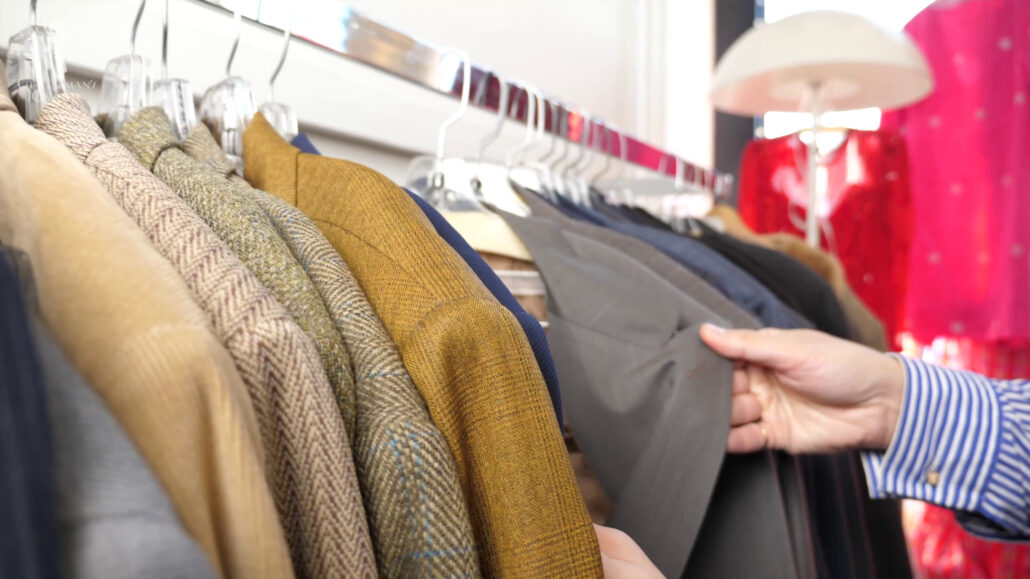
Instead, each is carefully selected to play a particular role within your wardrobe and worn to maximum effect. A good cost-per-wear ratio ensures a great return on your investment, and you can also find stylish clothing at steep discounts with our 25 Tips and Tricks for Secondhand Shopping. Vintage stores are often rich with stylish items, while the only fashionable items you’re likely to find are the victims of fashion that fell out of favor long ago. And frankly, we can see why.
8. Fashion is exclusionary, while style is inviting.
In order for something to be fashionable, something else must be unfashionable, and fashion comes with an innate value judgment that anything not on trend is wrong. Fashion excludes those who are not fashionable. Because fashion dictates that everyone needs to essentially dress in whatever their fashion is, those who don’t, don’t belong.
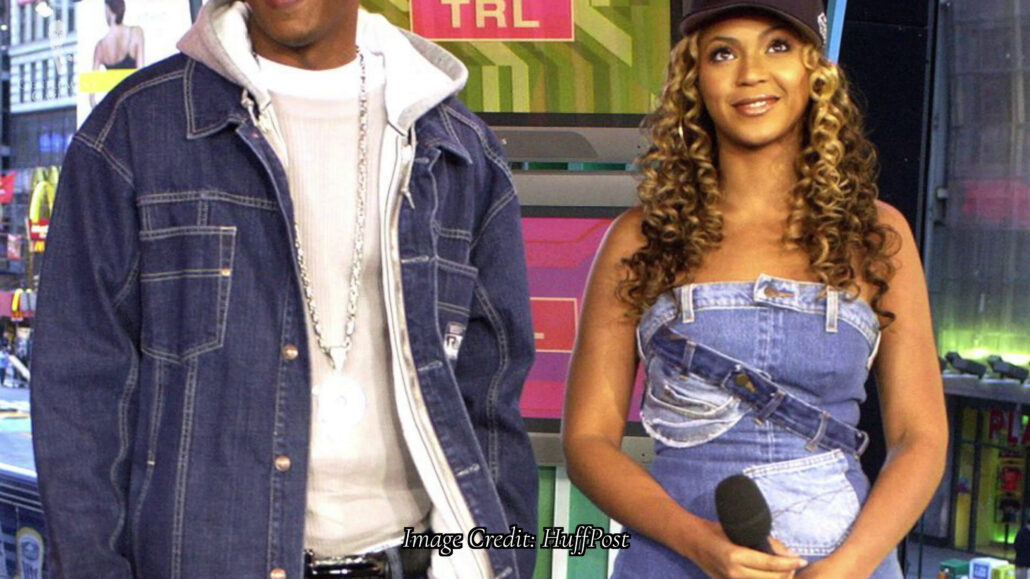
There’s a critical Catch-22 built into fashion. Once a sufficient number of people embrace a fashion because it is popular, the fashion becomes too commonplace and changes. Everyone who went to the trouble of being fashionable is suddenly unfashionable again. But, style, on the other hand, because of its unique, strong individual component, doesn’t rely on the scale until which others adapt it or competition to achieve it.
Style encourages us to leverage the best of what looks good on us and wear it to the best of our ability. As an example, Nathan and I generally have a more contemporary style than Raphael and Preston, but we all have our own distinct styles that work for us, and what’s stylish for me might not be stylish for Raphael, and that’s perfectly fine.
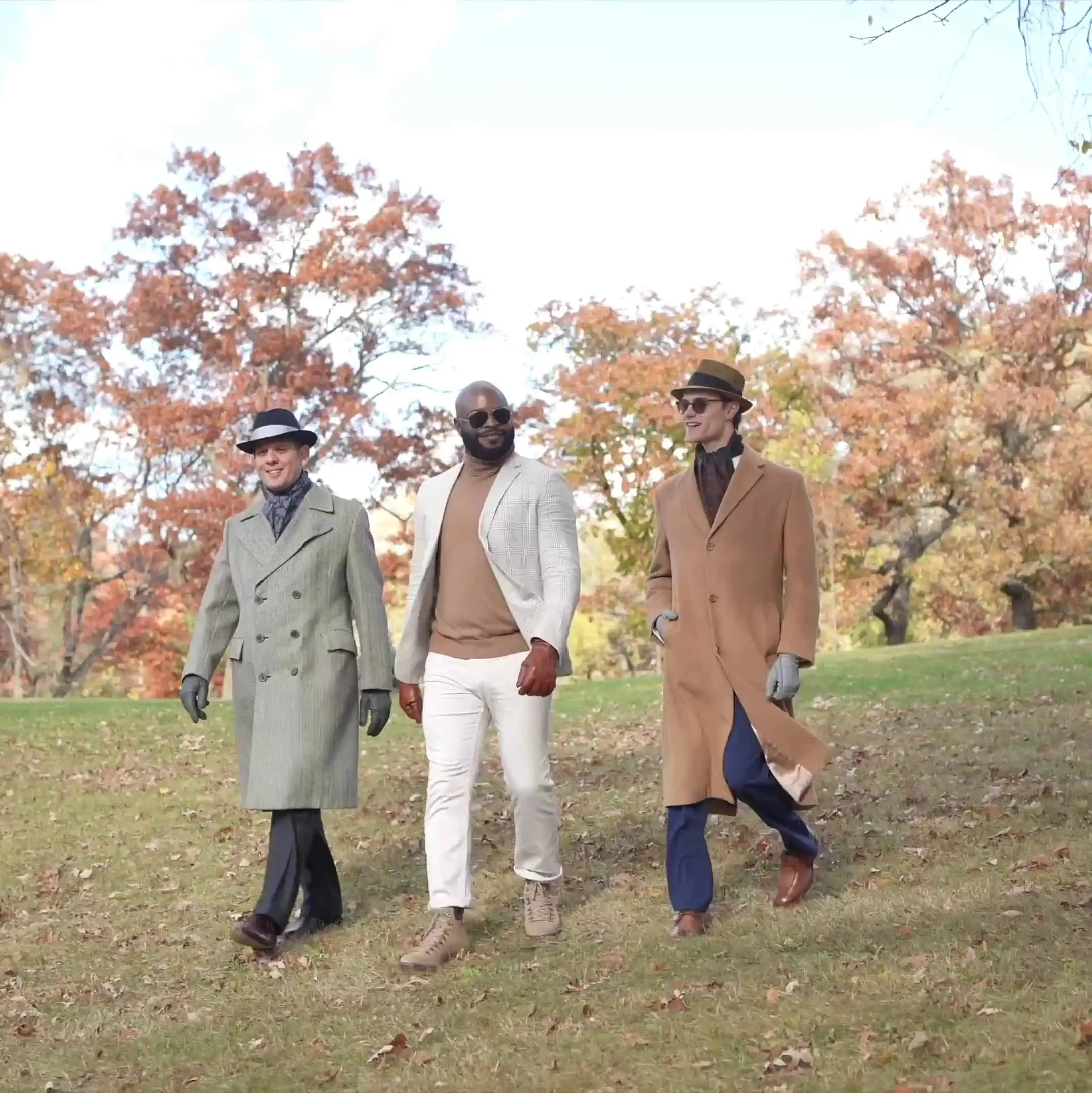
Because we each look right in our personal styles, which is what style is all about. Basically, when everyone is fashionable, technically, no one is. But, everyone can be stylish without impeding others’ ability to be stylish.
Our Definition of Fashion and Style
Fashion is a way of dressing that is prominent and valued socially because of its innovativeness, novelty, and cultural relevance.
Style is the distinctive way of dressing that leverages the wearer’s personal style, all while exuding self-confidence and still being generally appealing to others. We can take this definition a step further by noting that: Classic style entails all aspects of style generally and is grounded in time-tested principles of aesthetics.
Ultimately, whether you consider yourself a devotee of fashion or style as a personal choice, we certainly see the value of both approaches to menswear. However, we prefer a style-based approach.
Of course, there have been happy moments when the two intersect – like when tab collars, a staple in the realm of classic style, suddenly enjoyed fashion-icon status following the release of the James Bond film Skyfall. And many men who started wearing tab collars because they were fashionable were suddenly introduced to the larger world of classic style.
What is Classic Style For Men…and What Isn’t?
Let us know how you would define “fashion” and “style” in the comments.
Outfit Rundown
Today’s outfit is definitely more stylish than it is fashionable. I’m wearing a navy blue suit with a Fort Belvedere pocket square. I have a red and white striped button-down shirt and black dress shoes, along with Fort Belvedere socks. Check out the Fort Belvedere shop for socks like these.
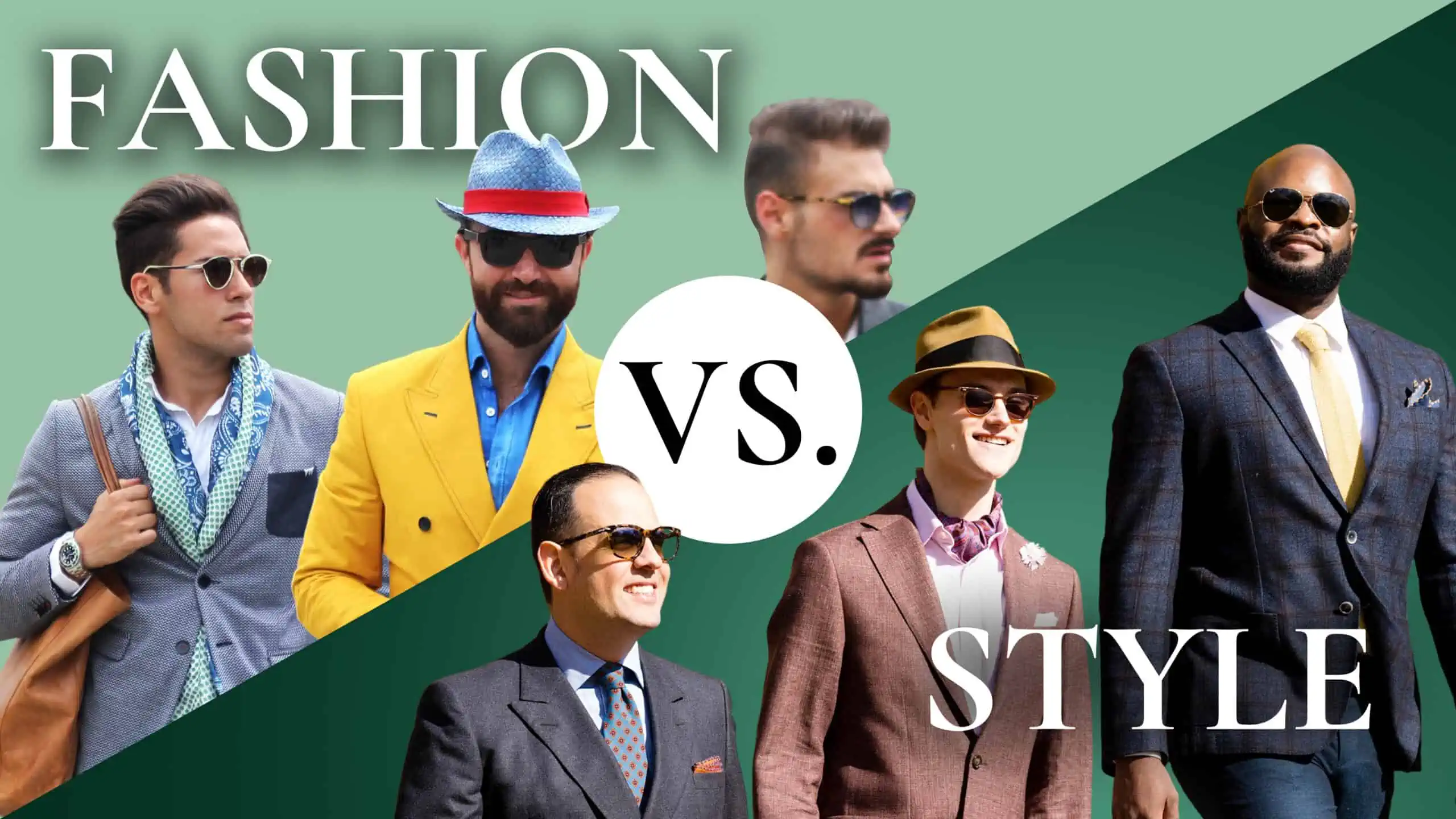
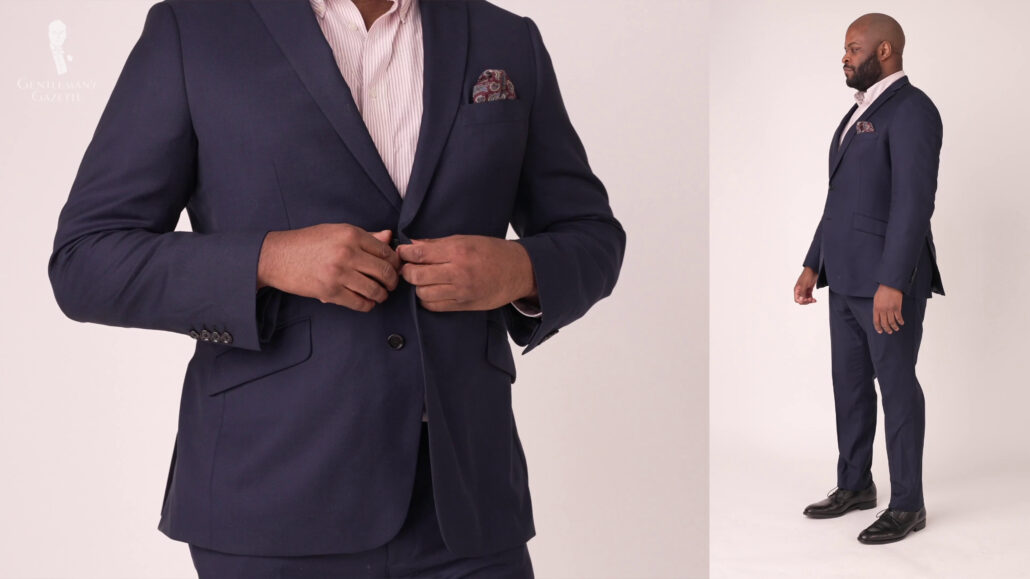
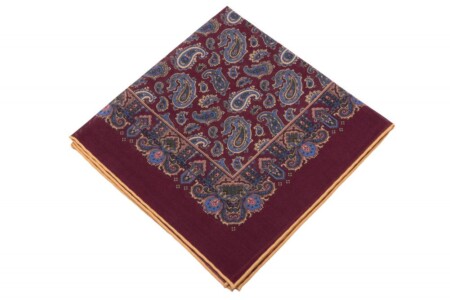
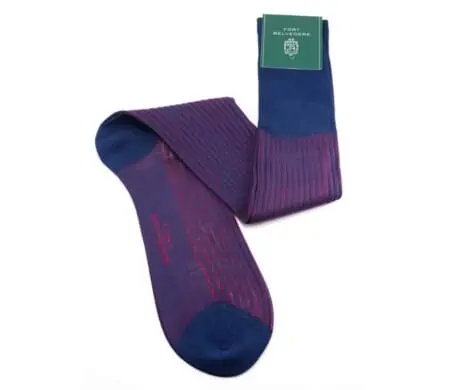
One you can have in spades. The other not guaranteed.
I think you’ve got a typo in point #2: “Fashion is impersonal, while fashion is personal.” Should the second be style?
Also, imo fashion’s purpose is to act upon others, where style’s purpose is to act on onesself.
Great spot on that typo – thanks, Henry!
People who need to be excepted to the “in crowd” must wear “the lasted fashion. I on the other hand do not feel to be obligated to wear the “in fashion statement of the day” in order to be “excepted” I am who “I am” and dress in my style. if, you feel the”need” to be excepted, rather than have your “own style” what, does that really say about yourself?
Greetings,
I like to think of “fashion” and “style” as two sides of the same coin.
“Fashion” can have negative connotations, while “style” is almost always positive.
Best regards,
Andrew Gregg,
Palm Springs, California.
Thanks for the excellent guide on style vs fashion Kyle. Nice job of explaining and demonstrating the difference and showing great examples of the Gazette guys displaying their personal styles.
Thanks for the kind words, Scott!
Interesting that you are wearing stylish clothes but with fashionable hairstyles and beards. So this video will look dated in a few years time.
Great article – makes me want to continue to be a man of my time vs being a man of the moment. BUT – do you guys ever see the pop-ups that accompany the articles? Taken together they are master class in the precise reasons that fashion can go horribly wrong. Yikes . . .
I whole-heartedly believe that style is permanent and fashion is trendy and not very practical. I personally am trying out new ways to dress (which is more on the style side than fashion, at least in my opinion) and even though the gazette may find them to be less on the classic menswear side and more modern and slightly trendy (though a suit with jeans, chukka boots and various pieces of casual gemstone jewelry isn’t exactly trendy, is it?), I still consider it to be my own style which is just going to grow as time goes on and I go to college and whatnot (yes I say that because I am a teenager).
Thank you for the great advice and the information on men’s style, this website has influenced me a lot!
Dear gazette,
I was wondering if y’all would be willing to do a video on K-pop fashion? I’ve noticed a huge movement in general culture towards Asian styles of dressing and culture. This movement has really been…well….moved by the K-pop stars and their fashion trends. I would find it very interesting to see a video on K-pop fashion. Thank you!
~ Samuel
Hi Samuel, although K-pop draws inspiration from a more classic wardrobe as a base, the results are often quite far from the realm of style we examine at GG. As K-pop involves lots of layering, you might be interested in this article about layering different colours.
Thank you for the article, I’ve never really thought about layering. I understand your take on K-pop fashion, it definitely not within the lines of classic men’s wear, but I thought I would mention it anyways.
I think for both Fashion and style you need to have a good pair of shoes.
For me, shoes define personality, style, and you feel confidence.
Abraham (bootsguide.com)